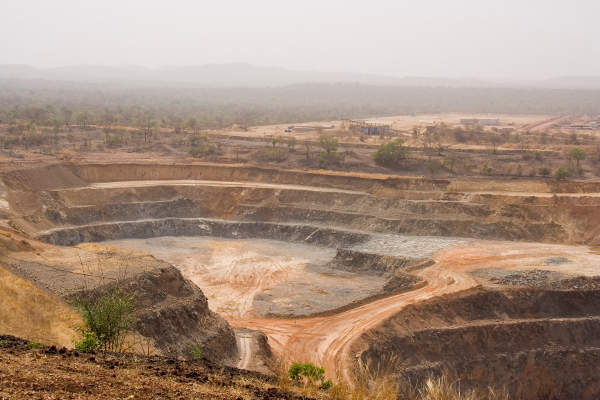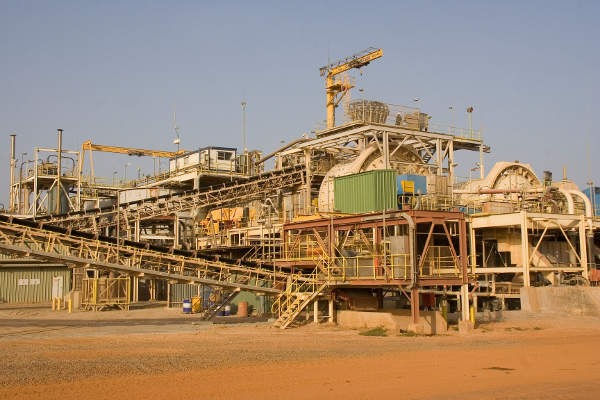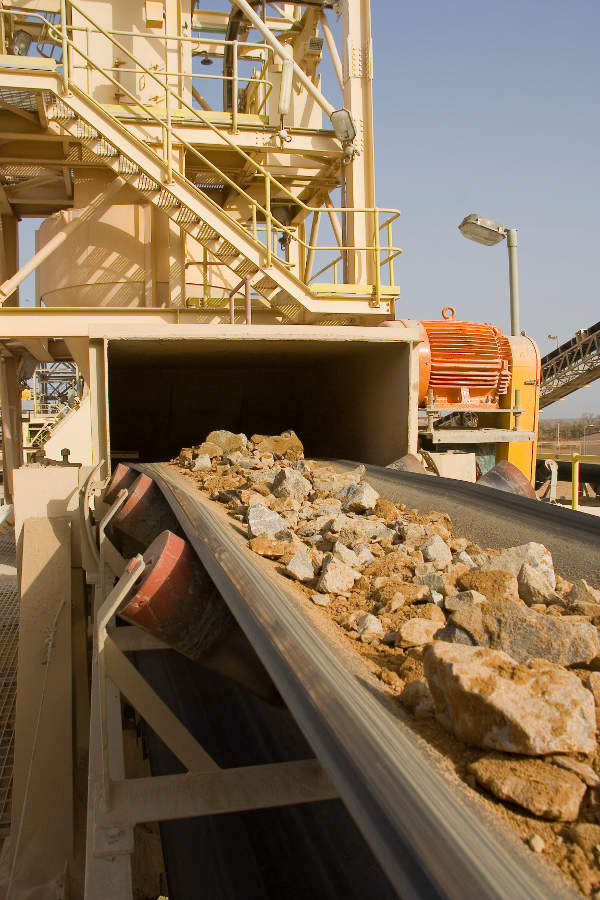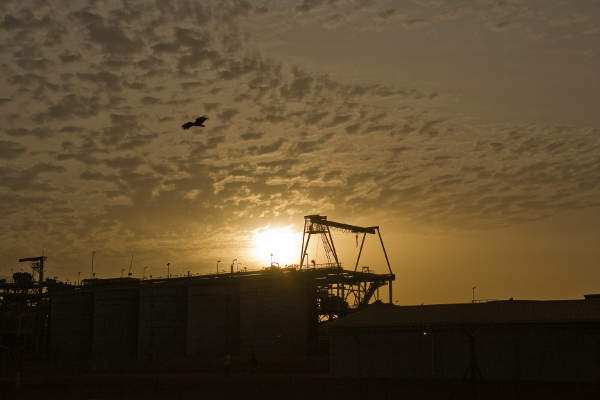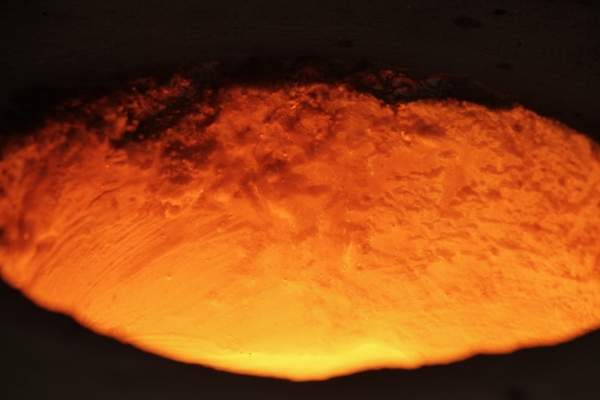Sabodala is a large-scale gold mine located in the West African Birimian geological belt. It is situated approximately 404 miles (650km) east of Dakar, the capital city of Senegal.
Production from the mine was started in March 2009. An expansion of the mill was completed in the second quarter of 2012 to double its capacity from two million tons to four million tons per annum.
Sabodala is currently being produced by two deposits, namely Sabodala and Niakafiri. Both deposits are situated in the granted mining concession area of 7.8 square miles (20.2 square kilometres). A third deposit, named Gora, is expected to come on stream in 2013. Sutuba, lying adjacent to Sabodala, is the fourth deposit.
The property is operated and owned 90% by Sabodala Gold Operations (SGO), a Senegalese subsidiary owned by Teranga Gold Corporation based in Toronto, Canada. The remaining stake is owned by the Government of the Republic of Senegal.
Geology of the Birimian greenstone belt
The Sabodala gold property belongs to the Birmian paleoproterozoic metallogenic province, which is believed to contain some of the world’s largest gold deposits.
These deposits are situated in the Mako Mafic Volcanic Belt, which is locally intruded by mafic volcanic rocks. These are inter-layered with ultramafic units and local sedimentary horizons in a variably altered way.
The volcanic rocks to the east side of the main deposit have some of the best exposed outcrops. Magnesium-rich basaltic rocks form the lowest unit of volcanic stratigraphy. The thickness of inter-flow carbonaceous and siliceous sediments varies between 0.2m to 1m.
Gold reserves and production rates
The combined proven and probable mineral reserves of the mine stand at 37.12t graded at 1.42g/t of gold for 1.7 million ounces (moz).
During its first full year of operation, the mine produced 172,140oz of gold. Total gold production in 2011 was 131,461oz. The mine is expected to produce about 210,000oz to 225,000oz of gold in 2012.
Open-pit mining at Sabodala
Sabodala has been developed as an open-pit mining operation that uses a conventional truck and shovel method. Mining operation is currently carried out by 129 operators. The loading fleet includes a couple of PC3000 shovels, a PC2000 shovel and a pair of WA900 wheel loaders.
At the end of the fourth mining phase, the Sabodala pit was mined to a total depth of 300m and the Niakafiri pit was mined to a total depth of 90m.
Four cut-off grades have been defined for the production. The highest cut-off grades are treated in descending order in the plant, whereas the material above the incremental cut-off grade is mined and stocked. If economically feasible, the stockpiled material will be considered for processing at the end of the mine’s operational life.
Processing facility at SGO’s deposit
The Sabodala processing facility, when commissioned in 2009, had a design processing capacity of two million tons per annum. It was built by Ausenco of Australia as part of an engineering, procurement and construction (EPC) contract.
The plant is based on a simple crush, semi-autonomous-ball milling-crushing (SABC), carbon-in-leach (CIL) circuit. The processing involves crushing, grinding, CIL cyanidation and tailings disposal.
Gold is recovered by means of acid washing, carbon stripping and electro winning. The precious metal is finally recovered by fusion, after bullion smelting and carbon regeneration.
The main components of the original processing plant include a single toggle jaw crusher from Nordberg, a ball mill and a SAG mill from Outotec, a Metso recycle crusher, a CIL circuit with compressed air injection, an elution circuit with 5t batch capacity and a tailings thickener.
Phase one expansion, to double the capacity of the plant, was carried out by Lycopodium under an EPCM contract. The project was completed in the second quarter of 2012.
Infrastructure of the Senegalese gold mine
Water required to run the processing plant and execute the mining operations is sourced from local catchment areas and stored in two surface water storage dams. A 26-mile (41.8km) water pipeline has also been constructed to draw water from the Faleme River. The pipeline has not been used, however, as the two dams are sufficient to supply the water needed.
Power comes from a 36MW, on-site heavy fuel oil (HFO) power station.
Related content
Yatela Gold Mine, Mali
Yatela is an open-pit gold mine located 50km south-west of the city of Kayes in Mali.
Sadiola Gold Mine, Mali
The Sadiola Mine is an open pit gold mine which has been operating since 1996 in Kayes, the capital region of Mali.
Siguiri Gold Mine, Guinea
The Siguiri gold mine is found within the Siguiri District in the north-east of the Republic of Guinea, West Africa, about 850km from the capital city of Conakry.

